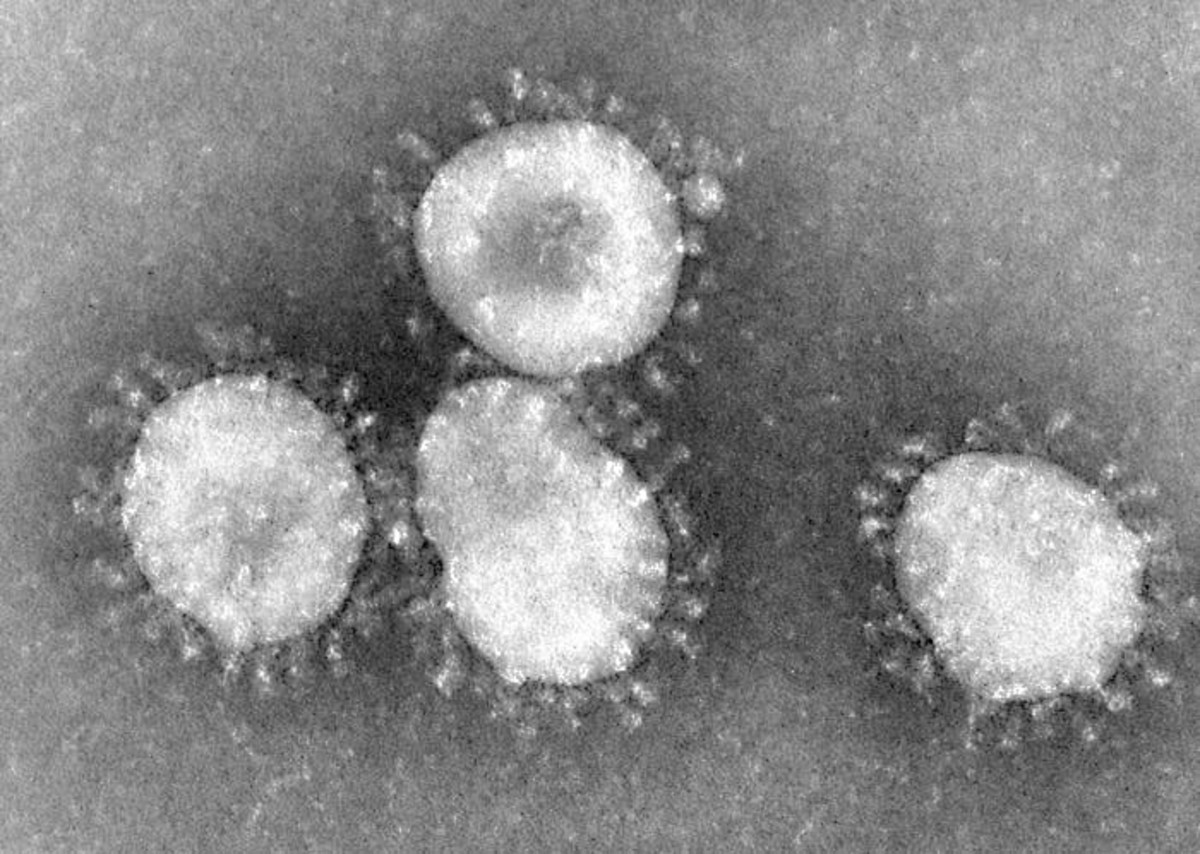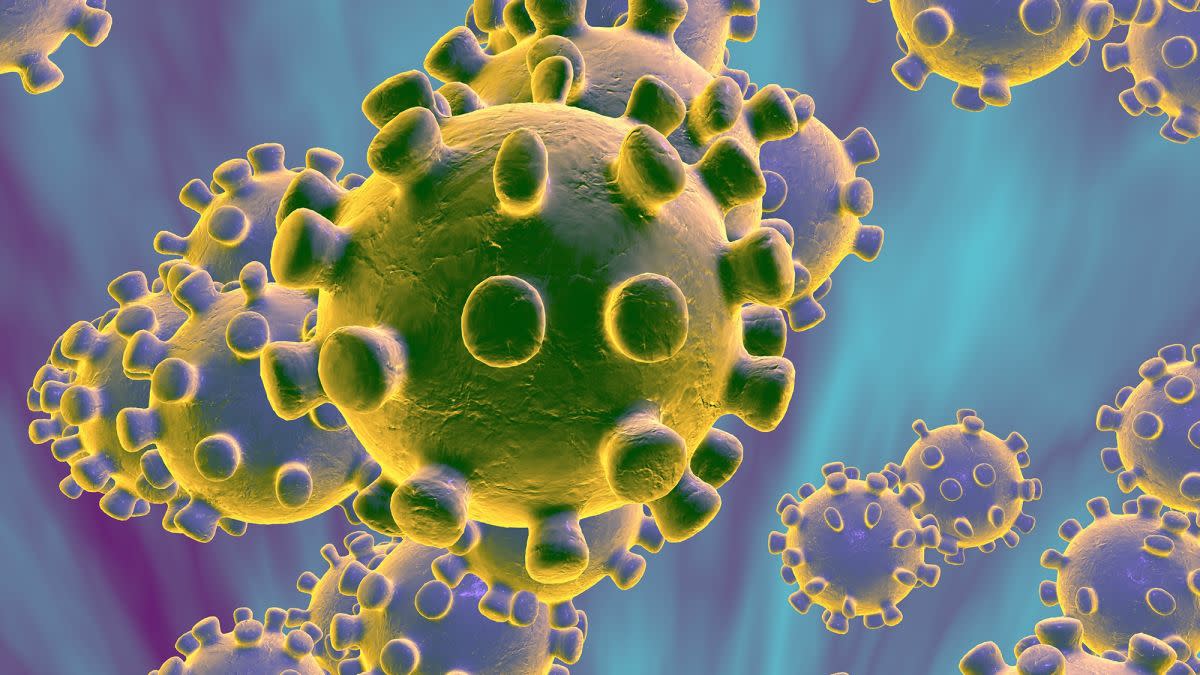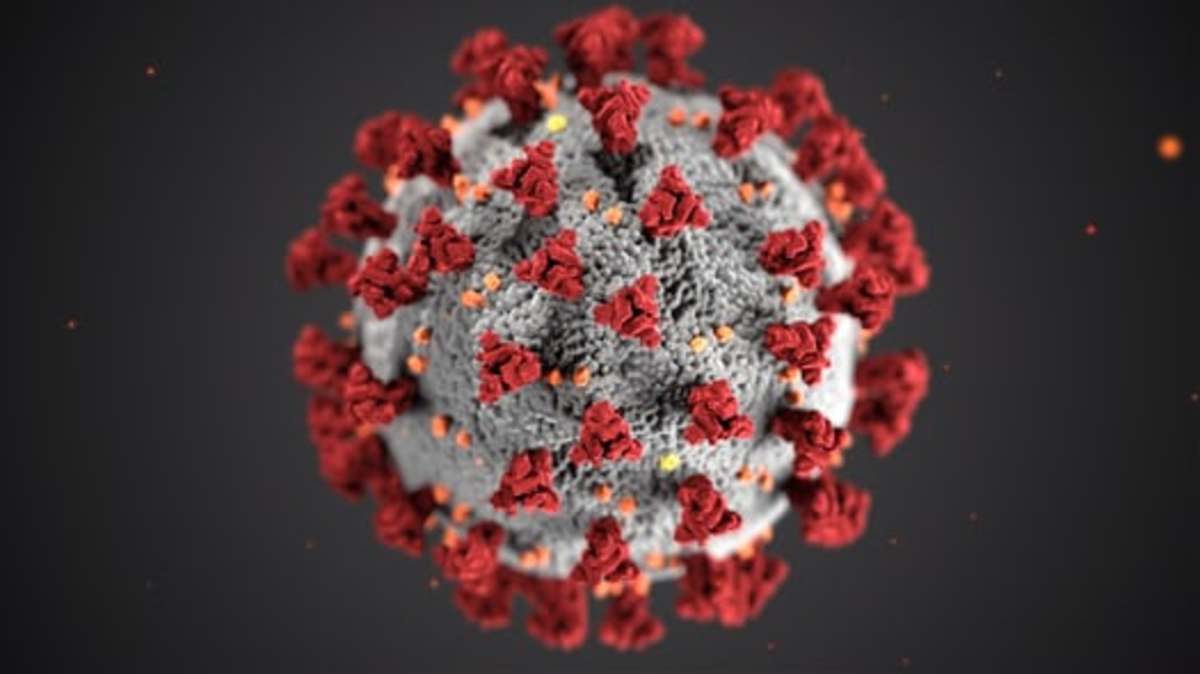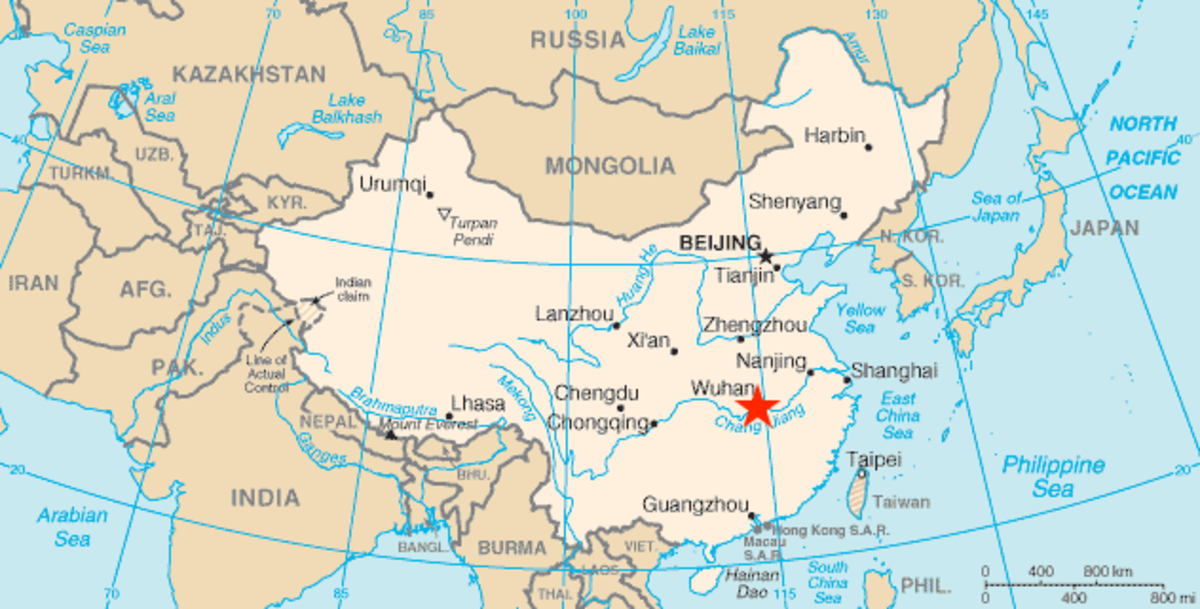Understanding COVID-19
SARS-CoV-2
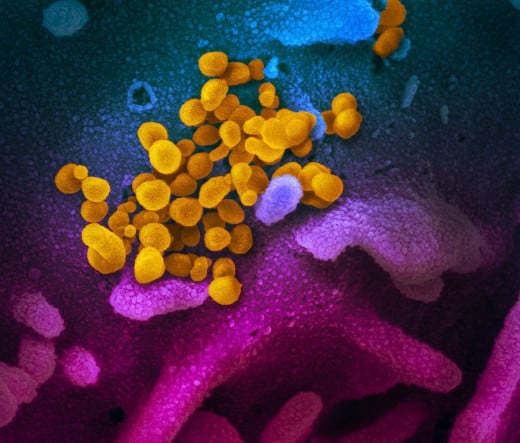
COVID-19 Leaves It Mark
Though the genetic characteristics of this virus are very similar to the strands that cause the common cold, the effects are more formidable. Nowhere is this more obvious than in the death toll, which as of late February (2020), has climbed into the thousands. The most severe cases produce a pulmonary illness than can lead to death. Surprisingly, a large number of infections produce a mild illness that strongly resembles the common cold. The most vulnerable are the elderly and those with prior conditions of heart disease, diabetes, lung problems and other similar ailments.
Health Workers in China
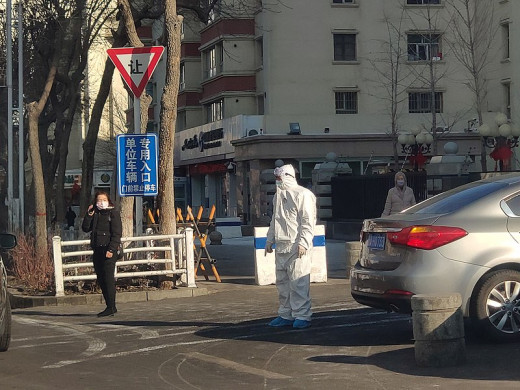
COVID-19 and SARS
Sometime during the month of December 2019, doctors in Wuhan, China starting noticing an unusual high number of flu cases, where the infecting pathogen appeared to be something new. Upon closer examination, the new virus was a close match to the SARS (Severe Acute Respiratory Syndrome) virus. Since no SARS cases had been observed since 2003, doctors were both perplexed and alarmed.
By the time the first death occurred on January 9th 2020, the doctors were beginning to understand the disease, even though the worse was yet to come. They had contacted the World Health Organization (WHO) and notified them of their discovery. This move greatly irritated the central government in Beijing, but within a few weeks, the country had come around to recognizing the severity of the outbreak and then had imposed draconian measures on Wuhan and other parts of the country in a desperate attempt to control the viral disease.
The new virus did indeed resemble the old SARS strain and so it was named SARS-CoV-2 by the WHO. In longhand, this nomenclature can be expressed as Severe Acute Respiratory Syndrome, coronavirus, type 2.
Then the WHO applied the name COVID-19 to the disease. In this case, COVID-19 translates as coronavirus disease, 2019, with 2019 representing the year of discovery.
The Pangolin
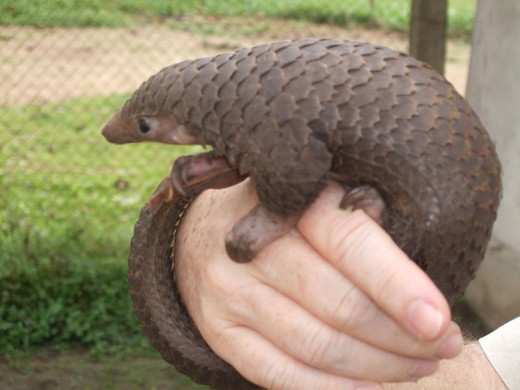
A Respiratory Disease, Not a Gastronomical One
Since the outbreak in China, many observers have become alarmed about some of the foods served up at the Wuhan Seafood and Wildlife Market. One of the most frequently criticized dishes is the bat soup. This market is now closed because many local officials believe the popular place to be the epicenter of the COVID-19 outbreak.
This may well be true, but by just about all medical accounts, the disease is spread from wild bats to the pangolin, (a Chinese mammal resembling an anteater), without human assistance. But then the pangolin is often handled and eaten by local residents. Most importantly, it is the handling process, where the virus is picked by humans and spread to the lungs. This occurs without anybody digesting the meat or drinking the soup made from the scales. Finally, for some reason not completely understood by medical scientists,, the virus mutates and changes, so it can travel from human to human.
Modern Wuhan

Wuhan at Ground Zero
In the course of one very long month, the Chinese city of Wuhan went from a bustling, joyous place to a near ghost town, as the deadly COVID-19 took its toll. After hundreds of deaths, the construction of two emergency, 1,000 bed hospitals and a virtual lockdown of a city about the size of New York, life is improving in Wuhan. These are drastic measures, such as the world has not seen before, but the draconian effort by the Chinese seems to have paid off, for as the month of March (2020) approaches, new cases of COVID-19 in Wuhan and China have dropped dramatically.
This remarkable story of the survival of a large city is quite encouraging, to say the least. Still, the question remains that as this disease spreads around the world, how many nations will be able to match the remarkable determination of the Wuhan residents.
The Symptoms of COVID-19
There are certain characteristics that separate COVID-19 from other respiratory ailments caused by coronaviruses. The first is its low mortality rate. Estimated at between 1% and 2%, this is far below the SARS and MERS rates, which have been calculated to be in the 30% to 40% range.
What makes this new coronavirus disease so dangerous is the ease to which it infects healthy people and also the way in which the disease is transmitted long before any symptoms appear. In the case of COVID-19, noticeable signs of infection include a fever, dry coughing and shortness of breath. In severe cases, a pneumonia type of infection may occur requiring hospitalization.. For a detailed description of symptoms by a Mayo Clinic doctor, please check out the video below.
A Doctor Describes the Symptoms of COVID-19
Two Strains of the Virus Causing COVID-19
Earlier this year researchers at the Peking University School for Life Sciences and the Pasteur Institute of Shanghai discovered that there were two strains of the coronavirus causing COVID-19. The scientists labeled the different strains "L" and "S". Further research, revealed that the S strain was likely the original version, while the L type evolved early on, eventually becoming the main strain that infected the residents of Wuhan.
Overall, the L strain is considered more infectious and more virulent, while the S type is more common (estimated to constitute 70% of all infections). This new information is most timely because it possibly describes why the Wuhan outbreak was so severe and furthermore explains why the task of creating an effective vaccine, covering both strains, may not be available until 2021 or beyond.
For a more scientific and detailed look at this important scientific development, please check out this informative explanation by Dr.(PHD) John Campbell. It is featured below.
Coronavirus Mutation and Evolution
Sources
https://www.cdc.gov/coronavirus/2019-ncov/index.html
https://www.npr.org/sections/goatsandsoda/2020/02/14/805289669/how-covid-19-kills-the-new-coronavirus-disease-can-take-a-deadly-turn
https://www.osha.gov/SLTC/covid-19/
https://time.com/5786005/fistbumps-handshakes-covid-19/
https://academic.oup.com/nsr/advance-article/doi/10.1093/nsr/nwaa036/5775463
This content is accurate and true to the best of the author’s knowledge and is not meant to substitute for formal and individualized advice from a qualified professional.
© 2020 Harry Nielsen

